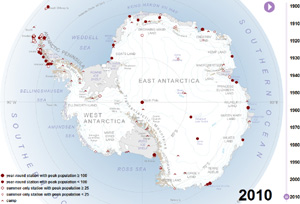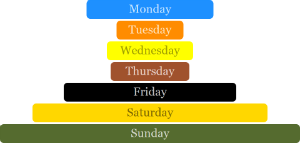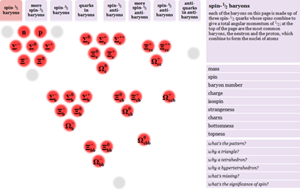1-Dimensional Countries































































Notes
Some countries are more 1-dimensional than they seem
Look at a traditional map of the world, and you'd think that all countries are 2-dimensional. They often seem that way on the ground, too: vast surfaces that roll over hills and mountains, and occasionally wrap into caves and craters, but remain more or less 2-dimensional.
If you've ever travelled the length of Chile, though, or even merely glanced at that country on a map, you might be forgiven for thinking that it's really 1-dimensional. Not only is the country clearly long and thin, but the vast majority proportion of the population lives on a narrow strip of land between the Andes and the Pacific.
The more you look, the more such countries you find. Egypt is one of the squarest-looking countries in the world, but look more closely and you'll find that its vaunted 2-dimensionality is a sham. Most of that square space is seriously empty Sahara Desert; most Egyptians live along the 1-dimensional lifeline of the River Nile.
Australia and Canada appear to be among the most boastfully 2-dimensional areas on the surface of the globe, each covering many millions of square kilometres. Once again, you'll find that most of this space is uninhabited desert or tundra. The Australian population is concentrated along the eastern coast of the continent, while Canadians seek respite from the Arctic winters by huddling along the border with the United States.
So if you ever glance at a road map of a country and find that it's dominated by just one road (Ruta 5 in Chile, Highway 1 in Australia or Canada), you'll know you've stumbled on another 1-dimensional country.
Subscribe now and I’ll let you know whenever I create a new visualization
It’ll only be every couple of months or so, I won’t let anyone else have your email address, and you can unsubscribe at any time
Thanks for subscribing!
Check your inbox for an email to confirm your subscription
Oh no, something went wrong, and I was unable to subscribe you!
Please refresh your browser and try again
Sources
DistanceFromTo – distances between cities
Date
First published 13 October 2014












Comments
Click here to leave a comment
Thanks for your comment!
I’ll check it and put it live as soon as I can
Oh no, something went wrong, and I was unable to post your comment!
Please refresh your browser and try again